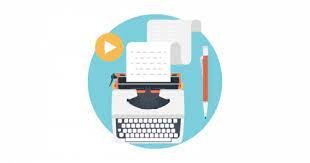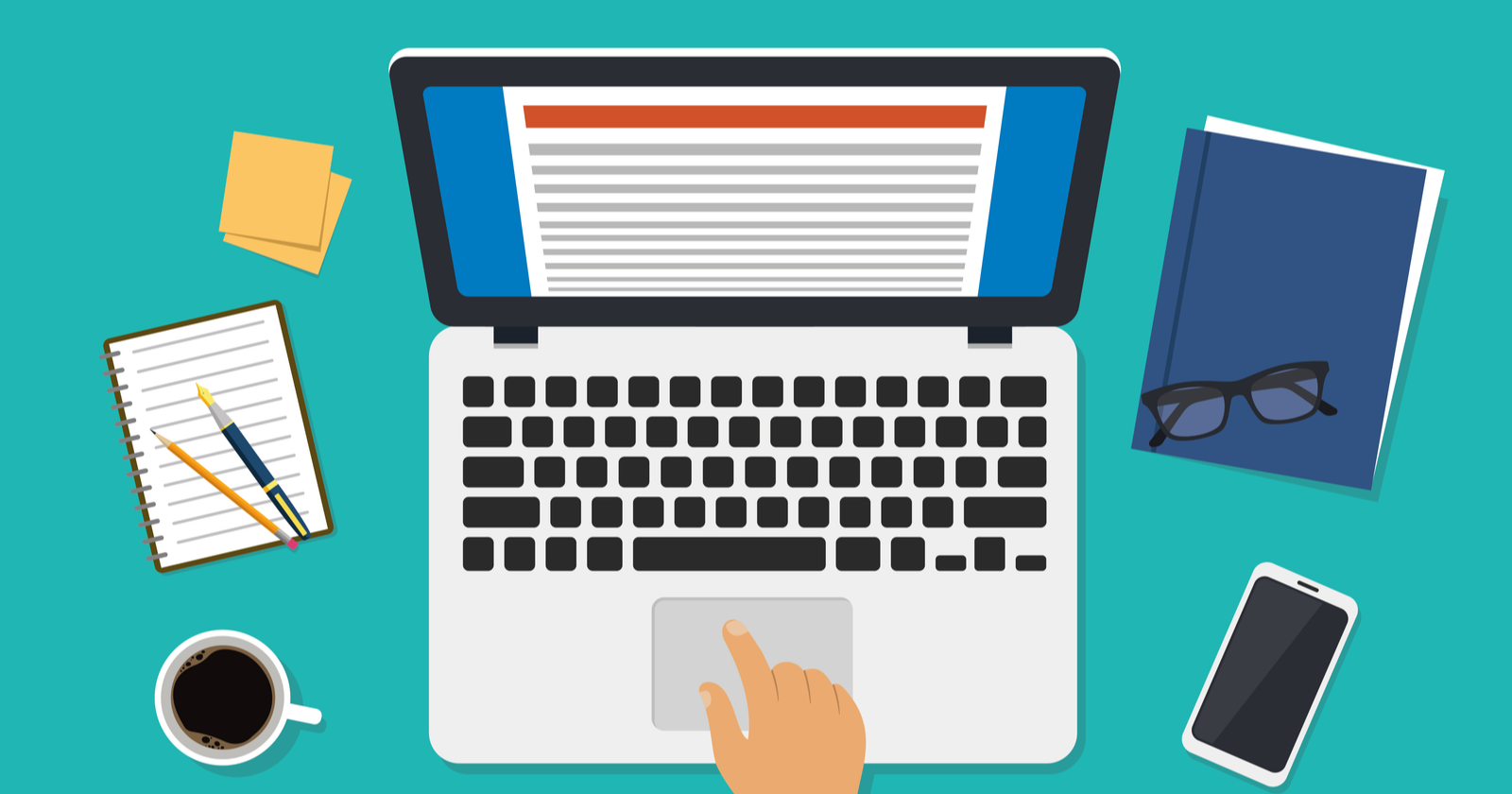Hey man! So you want to write emails that make people whip out their wallets faster than you can say “open rate”? You know, the kind of copy that doesn’t just get read—it gets results? Okay, let’s dive in!
Unleash the Power of Pre-Writing Research
Here’s the thing: amazing email copywriting doesn’t start with writing. It starts with understanding. Before you even think about crafting that first witty line, you HAVE to know who you’re talking to and what makes them tick. Think about it—you wouldn’t tell your grandma a knock-knock joke before you knew she loved a good chuckle, right?
Get Inside Your Audience’s Head
First, define your target audience with laser focus. Who are these people? What are their demographics? Where do they hang out online? What keeps them up at night? Next, dig deep into their behaviors. What are their pain points, desires, and fears? What do they secretly dream about? This is where the magic happens. The more you understand their world, the better you can speak directly to their needs and wants.
Channel Your Client’s Voice
Remember, you’re not just writing for anyone—you’re writing for your client. They have a unique brand voice and style, and your copy needs to reflect that. Comb through their existing content like a detective looking for clues. What kind of language do they use? Do they prefer a formal tone or a more casual vibe?
Pay close attention to how they build authority. Do they showcase testimonials or brag about their accomplishments? Understanding these nuances is crucial for crafting copy that sounds authentic and resonates with their audience.

Craft Clickbait-Worthy Angles That Actually Convert
Now that you’re BFFs with your target audience (at least in your head), it’s time to reel them in with an irresistible hook. This is where you grab their attention and make them eager to learn more.
The Art of the Unconventional Opinion
Think about the last time you scrolled through your social media feed. What made you stop and pay attention? Chances are, it was something unexpected or even a little controversial.
In a world saturated with content, you need to stand out. And one of the best ways to do that is by challenging commonly held beliefs or presenting a fresh perspective.
For example, instead of a boring headline like “How to Get More Matches on Tinder,” try something bold like “Why Short Guys Get More Matches on Tinder.” See the difference? It’s unexpected, maybe even a little controversial, and it’s guaranteed to pique your reader’s curiosity.
Harness the Power of Curiosity
Remember Elon Musk’s infamous tweets about buying X? He didn’t just come right out and say it. He teased the idea, leaving everyone on the edge of their seats wondering what he would do next.
That’s the power of curiosity. By hinting at valuable information without giving it all away, you keep your readers engaged and wanting more. Avoid generic subject lines that reveal everything upfront. Instead, intrigue them with a question or a bold statement that leaves them craving answers.

Structure Your Email for Maximum Impact
Alright, you’ve got their attention. Now it’s time to deliver the goods.
Master the Art of Open Loops
Remember those cliffhangers that kept you glued to your TV screen, desperate to know what happened next? That’s the power of open loops in action.
Start your email with a qualifying question that your target audience is likely to answer with a resounding “YES!” This immediately establishes relevance and pulls them into your message. Then, instead of immediately delivering the answer they crave, tease them with a bit of justification or context. This builds anticipation and makes your big reveal even more satisfying.
Provide Relatable Justification and Authority
Nobody wants to feel like they’re being lectured to. Instead of just throwing information at your readers, back up your claims with relatable examples and credible sources.
For instance, instead of just saying “Confidence is attractive,” illustrate this point with a real-life scenario. Describe a time when you witnessed someone exuding confidence and how others responded to them. Or better yet, back it up with data.
Don’t be afraid to sprinkle in some authority by mentioning industry experts or showcasing testimonials. This adds weight to your words and makes your message more persuasive.
Transition Smoothly from Value to Need
You’ve wowed them with your insights, but now it’s time to gently guide them towards your call to action. This is where you transition from providing value to highlighting a need they may not even know they have.
For example, after sharing tips on improving their dating profile, remind them that even the most optimized profile won’t get results if they’re not going on enough dates. This subtly plants the seed that they might need additional help.
Make Your Call to Action Irresistible
Your call to action is the heart of your email. It’s where you tell your readers exactly what you want them to do next. And it needs to be clear, concise, and impossible to resist.
Instead of a weak call to action like “Learn more,” use action-oriented language that inspires immediate action. For instance, “Claim Your Free Spot Now” or “Download Your Ultimate Guide Today.”
Remember, urgency and scarcity are your best friends.

The “Challenge, Justify, and Need” Template
Looking for a foolproof formula for crafting persuasive email copy? Look no further than the “Challenge, Justify, and Need” template.
This powerful framework will help you structure your emails for maximum impact and lead your readers seamlessly from curiosity to conversion.
Here’s how it works:
- Challenge: Start by challenging a commonly held belief or assumption your target audience might have. This immediately grabs their attention and makes them want to learn more.
- Justify: Once you’ve presented your challenging belief, back it up with solid justification. Provide evidence, data, or relatable examples that support your claims.
- Need: Now that you’ve successfully shifted their mindset, it’s time to introduce the need. Highlight the problem or pain point your product or service solves and how it can help them achieve their desired outcome.
Let’s see this template in action:
Subject: The Surprising Secret to Effective Weight Loss
Hey [First Name],
Oftentimes, when people want to lose weight, they think they need to punish themselves with restrictive diets and grueling workouts. But in reality, that approach often backfires, leading to cravings, burnout, and ultimately, giving up on their goals.
The truth is, you can achieve incredible weight loss results without sacrificing your sanity or your favorite foods. In fact, I’ve helped countless people lose weight and keep it off by incorporating small, daily “cheat meals” into their routine.
That’s right—you don’t have to give up the foods you love to reach your goals. By strategically incorporating small indulgences into your day, you can satisfy your cravings, stay motivated, and still see amazing progress.
Ready to experience the power of guilt-free weight loss? Click here to download my FREE guide to incorporating daily cheat meals for sustainable, enjoyable weight loss!
The Takeaway
Remember, writing compelling email copy is all about understanding your audience, crafting an irresistible hook, and guiding them seamlessly towards your call to action.
By incorporating the strategies and templates outlined in this guide, you’ll be well on your way to writing emails that not only get opened but also convert like crazy.
Now go out there and write some email copy that sells!
FAQs
How long should my emails be? There’s no magic word count. Focus on delivering value and keeping your reader engaged. If you can do that in a few short paragraphs, great! If you need a bit more space to fully explain your points, that’s fine too.
What’s the best way to find my client’s brand voice? Put on your detective hat and study their existing content—their website, social media posts, even their product descriptions. Look for patterns in their language, tone, and overall messaging.
What if I’m struggling to come up with clickbait headlines? Don’t worry, it happens to the best of us! Try brainstorming a list of your audience’s biggest pain points, desires, and fears. Then, see if you can turn those into attention-grabbing questions or statements.
Similar Content
- The Ultimate Guide To Writing Email Copy That Begs To Be Read
- How to Write Email Copy That Sells | 15 Actionable Tips
- Copywriting : The Ultimate Guide to Writing Copy That Sells

